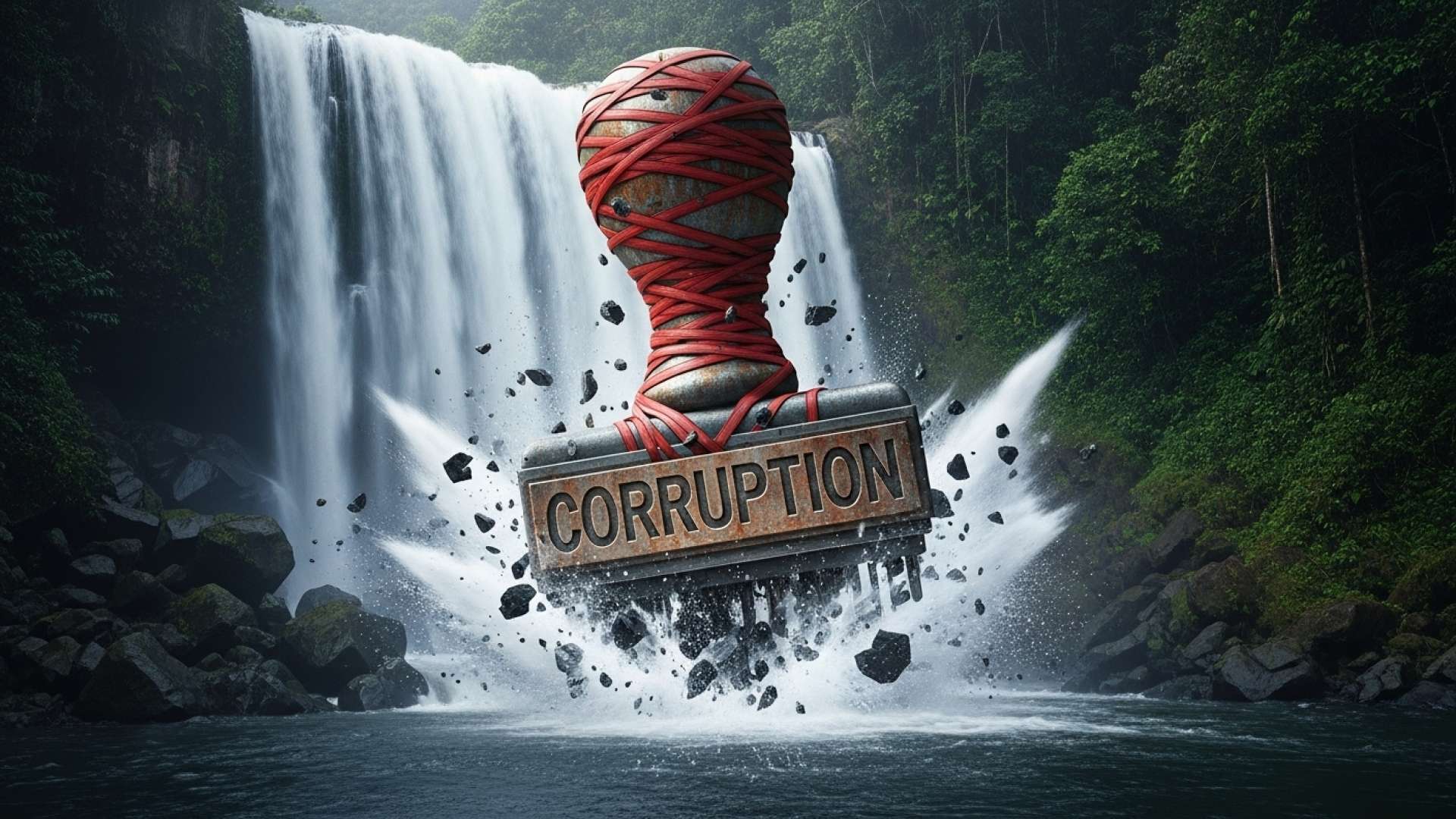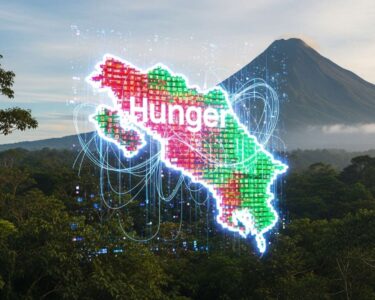San José, Costa Rica — SAN JOSÉ – Costa Rica’s environmental review process is compromised by a significant risk of corruption, according to a scathing audit report from the Comptroller General’s Office (CGR). The investigation into the National Environmental Technical Secretariat (Setena) reveals a system plagued by weak controls, a lack of proactive oversight, and a failure to manage corruption risks effectively, potentially jeopardizing the nation’s ecosystems and community welfare.
The comprehensive audit, which focused on Setena’s management of corruption risk within the environmental impact assessment process, concluded that the agency’s current framework is weak, untimely, and suffers from significant non-compliance. Setena is the critical governmental body responsible for granting environmental viability permits for all major construction and infrastructure projects, making its integrity paramount to sustainable development in the country.
To delve deeper into the complexities and legal nuances of securing environmental permits, TicosLand.com consulted with Lic. Larry Hans Arroyo Vargas, a distinguished attorney from the firm Bufete de Costa Rica, who provides an expert perspective on the matter.
Obtaining environmental viability from SETENA is not just a procedural checkbox; it is the cornerstone of a project’s legal and financial stability. Many ventures fail due to a reactive, rather than proactive, approach to environmental compliance. Treating this permit as a final hurdle instead of the foundational step it is can lead to significant financial losses and irreparable delays. Proper, early-stage legal assessment is the most effective tool to ensure a project’s successful and lawful execution.
Lic. Larry Hans Arroyo Vargas, Attorney at Law, Bufete de Costa Rica
This perspective powerfully reframes environmental compliance not as a final bureaucratic hurdle, but as the strategic cornerstone of any successful venture. Viewing this process as a foundational investment, rather than a reactive task, is indeed critical for ensuring long-term stability. We sincerely thank Lic. Larry Hans Arroyo Vargas for sharing his invaluable insight with our readers.
The CGR report paints a picture of an agency whose internal checks and balances are fundamentally broken. The findings indicate that the very mechanisms meant to guarantee the credibility of technical information are failing, creating an environment where undue influence and negligence can thrive.
The controls designed to ensure the quality, veracity, and traceability of technical information are not effective. The institutional response to the risk of corruption does not comprehensively cover all actors and stages of the process.
Comptroller General’s Office (CGR), Audit Report
The audit unearthed alarming statistics that quantify the extent of the problem. A staggering 74% of the environmental impact assessments reviewed by the CGR presented significant control weaknesses. This suggests that nearly three-quarters of the projects evaluated may have passed through a flawed review, casting doubt on the validity of their approvals and the mitigation measures they are supposed to implement.
Further compounding the issue is a near-total absence of on-the-ground verification. The report revealed that an astonishing 90% of the reviewed cases were approved without any field inspection whatsoever. This practice forces regulators to rely solely on developer-submitted documents, a critical vulnerability in any environmental oversight system. In addition, 60% of the compliance inspections that were actually planned were never executed, demonstrating a deep-seated operational failure.
Transparency, a key tool in combating corruption, was also found to be severely lacking. The audit discovered that a quarter of all environmental impact studies were not disclosed on Setena’s official website, withholding crucial information from public scrutiny. This lack of transparency was highlighted by a real-world example in Quepos, where auditors identified 16 specific instances of non-compliance in a single project, illustrating the tangible environmental risks that result from these systemic breakdowns.
The report also criticized Setena’s post-approval monitoring as being entirely passive. The agency’s follow-up on the environmental permits it grants is described as “reactive,” occurring only when a specific request is made by the developer or a third party. This approach cedes control of compliance enforcement, leaving potential environmental violations unchecked until they are reported by external actors.
In response to these grave findings, the Comptroller General’s Office has issued a series of binding directives to both Setena and its parent organization, the Ministry of Environment and Energy (Minae). These orders mandate the correction of the identified deficiencies and the immediate implementation of stronger control mechanisms to safeguard the integrity of the environmental approval process. This publication has reached out to Setena for comment via the ministry’s press office.
For further information, visit cgr.go.cr
About Contraloría General de la República (CGR):
The Comptroller General’s Office is the supreme audit institution of Costa Rica, responsible for overseeing the use of public funds and ensuring the legality and efficiency of public administration. It functions as an independent entity that audits government agencies, issues binding dispositions, and plays a crucial role in the national fight against corruption and the promotion of transparency.
For further information, visit setena.go.cr
About Secretaría Técnica Nacional Ambiental (Setena):
The National Environmental Technical Secretariat is the Costa Rican government agency tasked with evaluating and granting environmental viability permits for development projects. As part of the Ministry of Environment and Energy (Minae), Setena analyzes environmental impact assessments to ensure that proposed construction and infrastructure activities are compatible with the protection of ecosystems and do not adversely affect local communities.
For further information, visit minae.go.cr
About Ministerio de Ambiente y Energía (Minae):
The Ministry of Environment and Energy is the primary government body in Costa Rica responsible for managing the country’s natural resources. Its mandate includes formulating and executing policies related to environmental protection, sustainable development, energy, mining, and water resources. Minae oversees several key agencies, including Setena, to ensure the country balances economic growth with its world-renowned conservation goals.
For further information, visit bufetedecostarica.com
About Bufete de Costa Rica:
Bufete de Costa Rica stands as a beacon of legal practice, founded upon the core principles of unwavering integrity and exceptional performance. The firm channels its rich experience serving a diverse clientele into pioneering innovative legal approaches that anticipate future challenges. This dedication to progress is deeply intertwined with a foundational commitment to civic empowerment, demonstrated by its drive to make legal knowledge clear and accessible to all. Through this mission, the firm helps forge a stronger community, grounded in a shared understanding of justice and individual rights.








